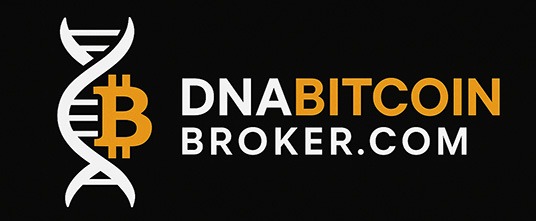Bitcoin by the Numbers: Predicting 2030
“Bitcoin doesn’t promise stability — it delivers inevitability.” – DNA Crypto Knowledge Base.
As the decade advances, Bitcoin’s path to 2030 appears increasingly defined by data, rather than speculation.
Institutional integration, global regulation, and technological scaling are turning Bitcoin from a disruptive idea into a systemic financial instrument — one that could underpin the next phase of global monetary evolution.
What do the numbers reveal about Bitcoin’s trajectory toward 2030?
Learn more: Institutional Bitcoin Adoption
1. 21 Million – The Immutable Cap Meets Demand Shock
By 2030, the total mined supply of Bitcoin is expected to approach 20.8 million BTC, or nearly 99% of its maximum issuance.
The final Bitcoin won’t be mined until 2140 — but the effective scarcity will be felt long before that.
As more coins move into institutional custody, lost wallets, and long-term reserves, the circulating supply may fall below 14 million by 2030.
Scarcity isn’t a theory anymore — it’s the economic law driving Bitcoin’s value proposition.
Explore: Bitcoin Market Dynamics
2. Institutional Ownership: From 10% to 25%
As of 2025, institutions hold an estimated 10–12% of the total Bitcoin supply, led by ETFs, corporate treasuries, and sovereign wealth funds.
By 2030, analysts project this figure could exceed 25%, as more nations and funds seek non-sovereign digital reserves.
The next phase isn’t just Wall Street — it’s global adoption by banks and state-backed digital infrastructures.
3. €300,000–€400,000 – The Long-Term Price Band
Most credible institutional models — from Fidelity Digital Assets to ARK Invest — forecast Bitcoin’s 2030 price range between €300,000 and €400,000, assuming:
-
– Continued ETF inflows
-
– Limited new issuance
-
– Gradual global regulatory convergence
-
– Expansion of tokenised markets and cross-chain liquidity
Under an aggressive scenario — where Bitcoin reaches gold’s $14 trillion market cap — the theoretical upper band rises above €600,000 per BTC.
Read: MiCA and Investor Protections
4. 2 Billion Users – The Adoption Curve Accelerates
Bitcoin’s global user base is projected to grow from 500 million in 2025 to 2 billion by 2030, primarily driven by:
-
– Seamless integration in payment apps and bank APIs
-
– Bitcoin-backed Stablecoins and remittance networks
-
– Adoption across emerging markets where inflation undermines fiat trust
As access becomes frictionless, Bitcoin shifts from speculative asset to everyday monetary infrastructure.
Learn more: DeFi and MiCA Regulation
5. 25,000+ Nodes – The Decentralisation Dividend
Bitcoin’s network is expected to surpass 25,000 active full nodes by 2030, reinforcing the decentralisation that underpins its credibility.
Node diversity — spanning individuals, institutions, and independent validators — ensures that Bitcoin remains resilient, borderless, and censorship-proof.
This decentralisation isn’t ideological — it’s infrastructural.
Explore: Crypto Custody Solutions
6. Tokenisation & Interoperability
By 2030, Bitcoin’s role will extend beyond store of value.
Layer-2 and cross-chain solutions will integrate Bitcoin into tokenised economies:
-
– Used as collateral in DeFi and RWA markets
-
– Settled across interoperable blockchains
-
– Represented as wrapped BTC (wBTC, tBTC) in institutional finance
DNA Crypto’s institutional models forecast Bitcoin acting as the reserve asset for digital markets, similar to how the dollar underpins global trade.



